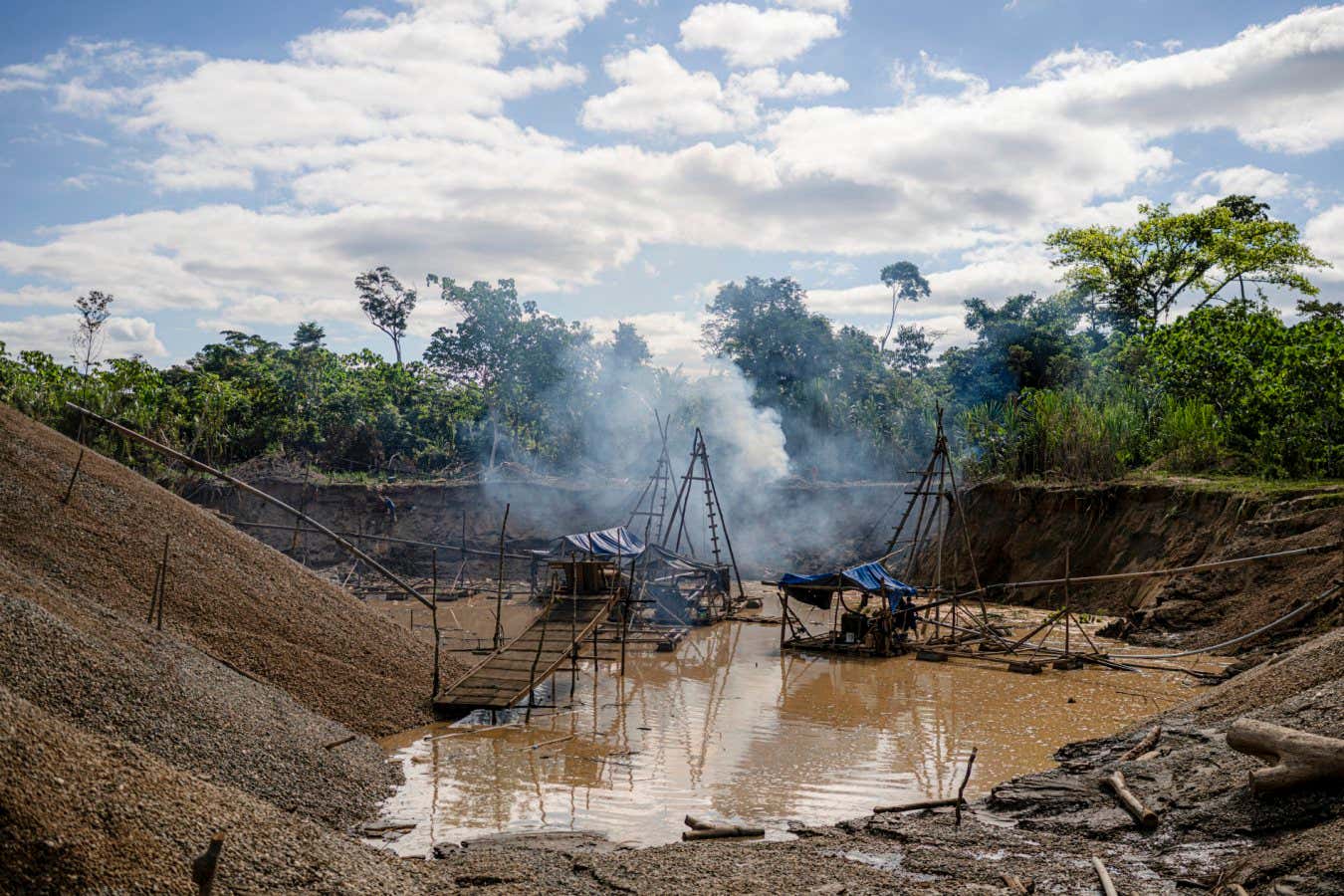Gold Rush Secrets: How Amazon Trees Reveal the Hidden Environmental Toll of Mining

Scientists have discovered a groundbreaking method to track environmental damage from gold mining: trees are now emerging as silent sentinels that capture and record mercury pollution. These living monitors can provide crucial insights into the devastating ecological impact of unregulated mining operations.
Mercury, a toxic heavy metal used in gold extraction, has long been a environmental concern. As mining activities continue to spread across sensitive ecosystems, trees are proving to be unexpected allies in detecting and documenting contamination. Their ability to absorb and store mercury in their tissues creates a natural record of environmental pollution.
Researchers are excited about this innovative approach, which offers a non-invasive and cost-effective way to assess the environmental footprint of gold mining. By analyzing tree bark, leaves, and rings, scientists can now trace mercury levels and map the extent of contamination in previously hard-to-monitor regions.
This breakthrough not only provides a new tool for environmental monitoring but also highlights the intricate ways in which human activities impact natural ecosystems. As gold mining continues to expand globally, these tree-based pollution tracking methods could become a critical weapon in protecting our planet's delicate environmental balance.
